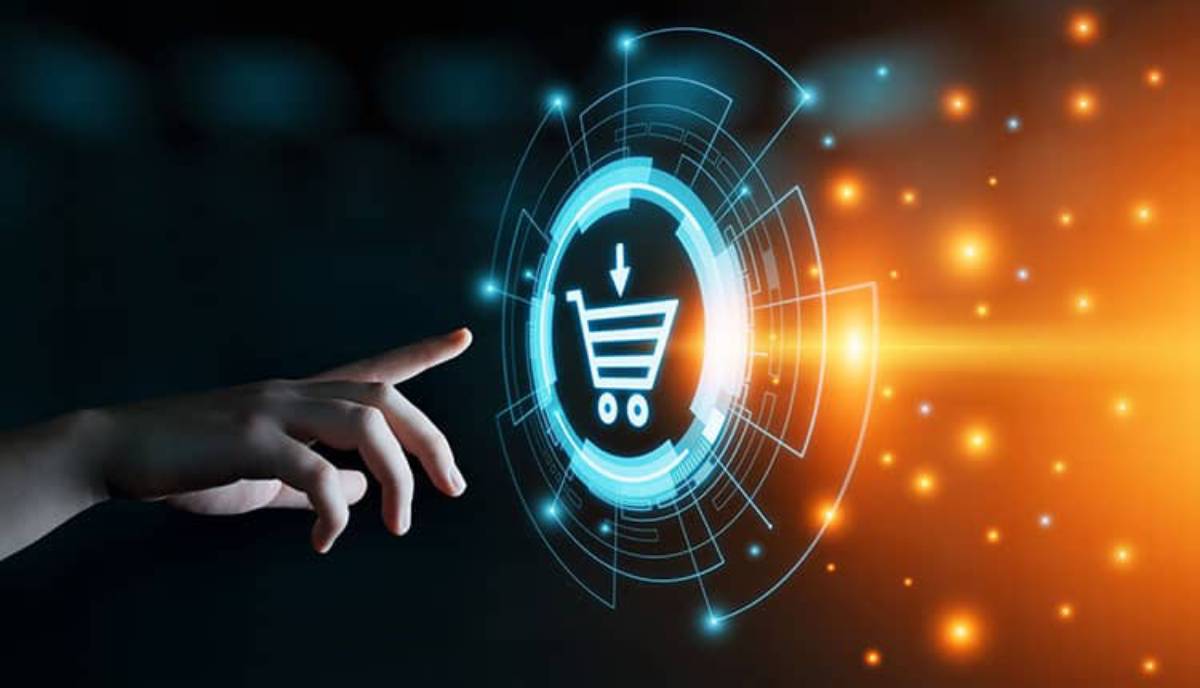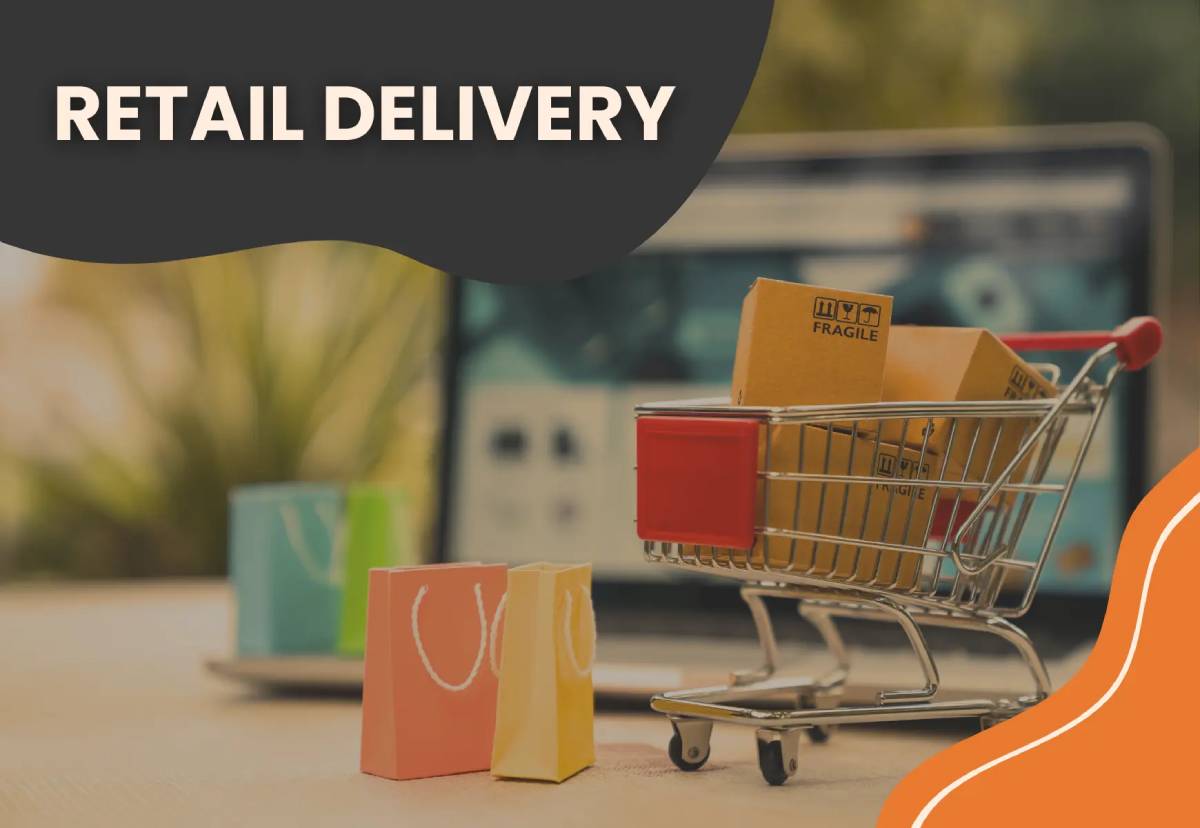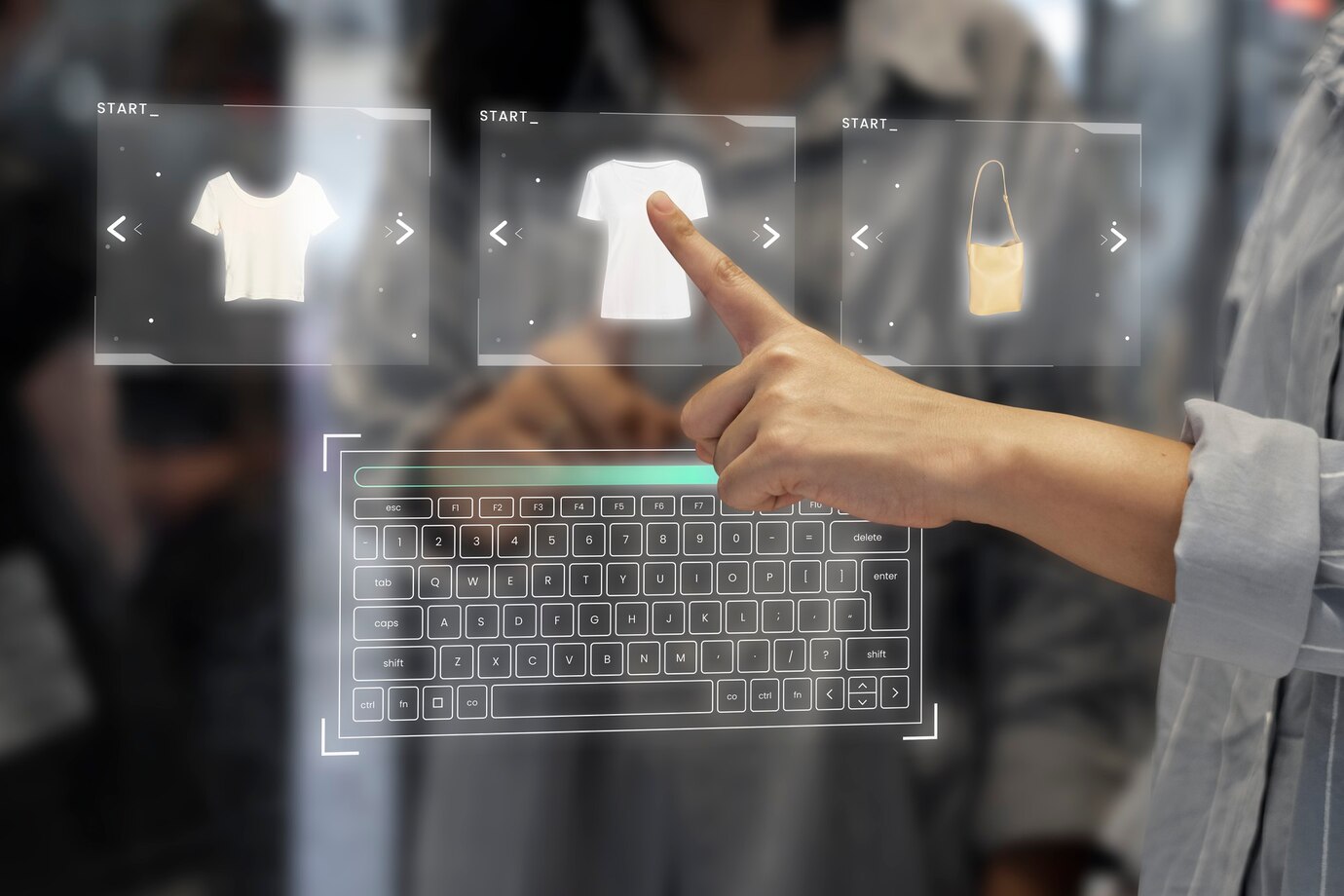
Top Retail Trends to Watch in 2025
The retail industry is changing fast. Technology, consumer preferences, and shopping habits are evolving. To stay competitive in 2025, businesses must adapt to these new trends.
From AI-powered personalisation to sustainable retail and autonomous stores, the future of retail depends on innovation and digital change.
This guide will look at the top retail trends for 2025. These trends will reshape the industry and change how brands connect with customers.
1. AI-Powered Personalization
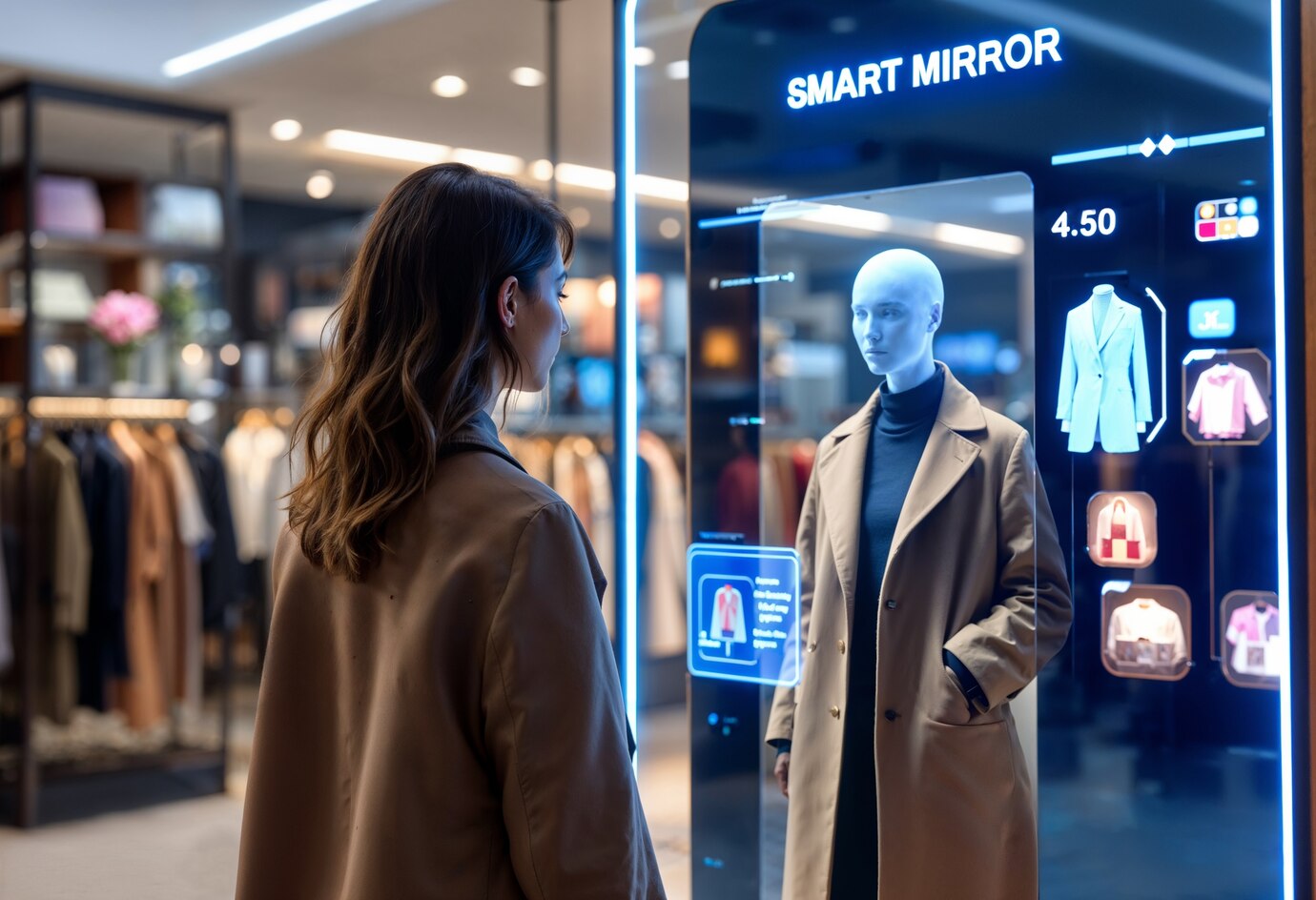
Artificial intelligence (AI) is changing retail by creating hyper-personalized shopping experiences. Consumers expect brands to know their needs and offer tailored recommendations instantly.
How AI is Enhancing Retail
- Predictive analytics – AI analyses data to suggest personalised products.
- Chatbots & virtual assistants – AI chatbots provide quick support and improve service.
- AI-driven pricing strategies – Retailers adjust prices based on demand using machine learning.
Example: Amazon’s recommendation engine makes shopping personal. This boosts engagement and increases conversion rates.
Why It Matters: AI personalisation boosts customer satisfaction and brand loyalty.
2. Augmented Reality (AR) & Virtual Reality (VR) Shopping
AR and VR are making online and in-store shopping more interactive and engaging.
Key Applications of AR & VR in Retail
- Virtual try-ons – Customers can see how clothes or makeup look before buying.
- 3D product visualisation – Shoppers can explore items in detail online.
- Immersive brand experiences – Virtual showrooms let consumers interact with products.
Example: IKEA’s AR app allows customers to place virtual furniture in their homes.
Why It Matters: AR/VR cuts down purchase doubts and return rates. This results in more sales and boosts customer confidence.
3. The Rise of Livestream Shopping
Livestream shopping mixes entertainment and e-commerce, making shopping more engaging and interactive.
How Livestream Shopping Works
- Brands or influencers showcase products in real-time video streams.
- Viewers can ask questions, get instant feedback, and buy directly from the stream.
- This creates a sense of urgency, leading to higher impulse purchases.
Example: Alibaba’s Taobao Live generated over $7.5 billion in sales during a single event.
Why It Matters: Livestream shopping boosts engagement, builds trust, and increases conversion rates.
4. Social Commerce is Reshaping Retail
Social commerce—selling via social media platforms—is one of the fastest-growing sales channels.
Key Features of Social Commerce
- Shoppable posts & stories – Instagram & Facebook allow in-app purchases.
- TikTok Shop & YouTube Shopping – Users can buy directly from creators.
- Influencer-driven commerce – Brands use social influencers to promote products.
Example: Instagram Shopping lets businesses tag products in posts, making it easy for consumers to shop.
Why It Matters: Social commerce makes buying easier. This boosts impulse buys and increases sales.
5. Omnichannel Retailing for Seamless Shopping
Shoppers expect a consistent experience across various platforms.
Elements of Omnichannel Retailing
- Online & offline integration – Click-and-collect, curbside pickup, and same-day delivery.
- Mobile-optimized experiences – Fast apps and mobile-friendly checkout.
- Consistent branding & pricing – Uniform promotions across all channels.
Example: Nike’s mobile app offers personalised product recommendations to in-store shoppers.
Why It Matters: Omnichannel retailing enhances customer satisfaction and retention through seamless experiences.
6. The Shift Toward Sustainable & Ethical Retail

Consumers now prefer brands that focus on sustainability and ethical practices.
Sustainability Trends in Retail
- Eco-friendly packaging – Brands are using biodegradable materials.
- Carbon-neutral commitments – Retailers aim for net-zero emissions.
- Second-hand and resale markets – Growth in pre-owned and refurbished sales.
Example: Patagonia encourages customers to recycle or repair their clothing.
Why It Matters: Sustainability efforts boost brand reputation and attract eco-conscious shoppers.
7. Subscription-Based Retail is Expanding
Subscription models offer convenience, customisation, and recurring revenue for retailers.
Popular Subscription Models
- Curated product boxes – Monthly deliveries of fashion, beauty, or snacks.
- Auto-replenishment services – Essentials like razors and toiletries are shipped regularly.
- Exclusive memberships – Special discounts or early product access.
Example: Dollar Shave Club built a billion-dollar business with a razor subscription model.
Why It Matters: Subscription retail improves customer retention and lifetime value.
8. Voice Commerce & AI Assistants
Smart assistants like Alexa, Google Assistant, and Siri are making voice shopping easier.
How Voice Commerce Works
- Customers place orders using voice commands.
- AI assistants recommend relevant products.
- Repeat purchases become simple.
Example: Amazon Echo users can reorder household items using voice commands.
Why It Matters: Voice commerce provides a hands-free, seamless shopping experience.
9. Autonomous Stores & Contactless Payments
Retailers are moving towards cashier-less shopping to improve efficiency.
Key Innovations in Autonomous Retail
- Self-checkout & scan-and-go – Customers scan items and pay via an app.
- Just Walk Out technology – AI stores eliminate checkout lines.
- Cryptocurrency payments – Some retailers accept Bitcoin and blockchain transactions.
Example: Amazon Go stores use AI for a checkout-free shopping experience.
Why It Matters: Contactless shopping speeds up transactions and reduces friction.
10. AI-Powered Supply Chain & Logistics
Retailers use AI and automation to optimise supply chains and improve delivery speed.
AI-Driven Retail Logistics
- Predictive demand forecasting – Reduces stockouts and overstock.
- Autonomous delivery robots & drones – Faster last-mile deliveries.
- Warehouse automation – AI-driven sorting and packing.
Example: Walmart’s AI-powered supply chain improves inventory efficiency.
Why It Matters: AI logistics enhance efficiency, lower costs, and improve delivery accuracy.
11. The Rise of Metaverse Shopping
Virtual commerce in the Metaverse is changing digital shopping experiences.
Metaverse Retail Innovations
- Virtual malls & stores – Digital spaces for brands to showcase products.
- NFT-based fashion & accessories – Unique digital assets for avatars.
- Immersive shopping experiences – Customers engage with products in virtual reality (VR).
Example: Gucci launched a virtual showroom in Roblox, allowing users to buy digital fashion.
Why It Matters: Metaverse shopping creates new revenue streams and deeper brand engagement.
Conclusion
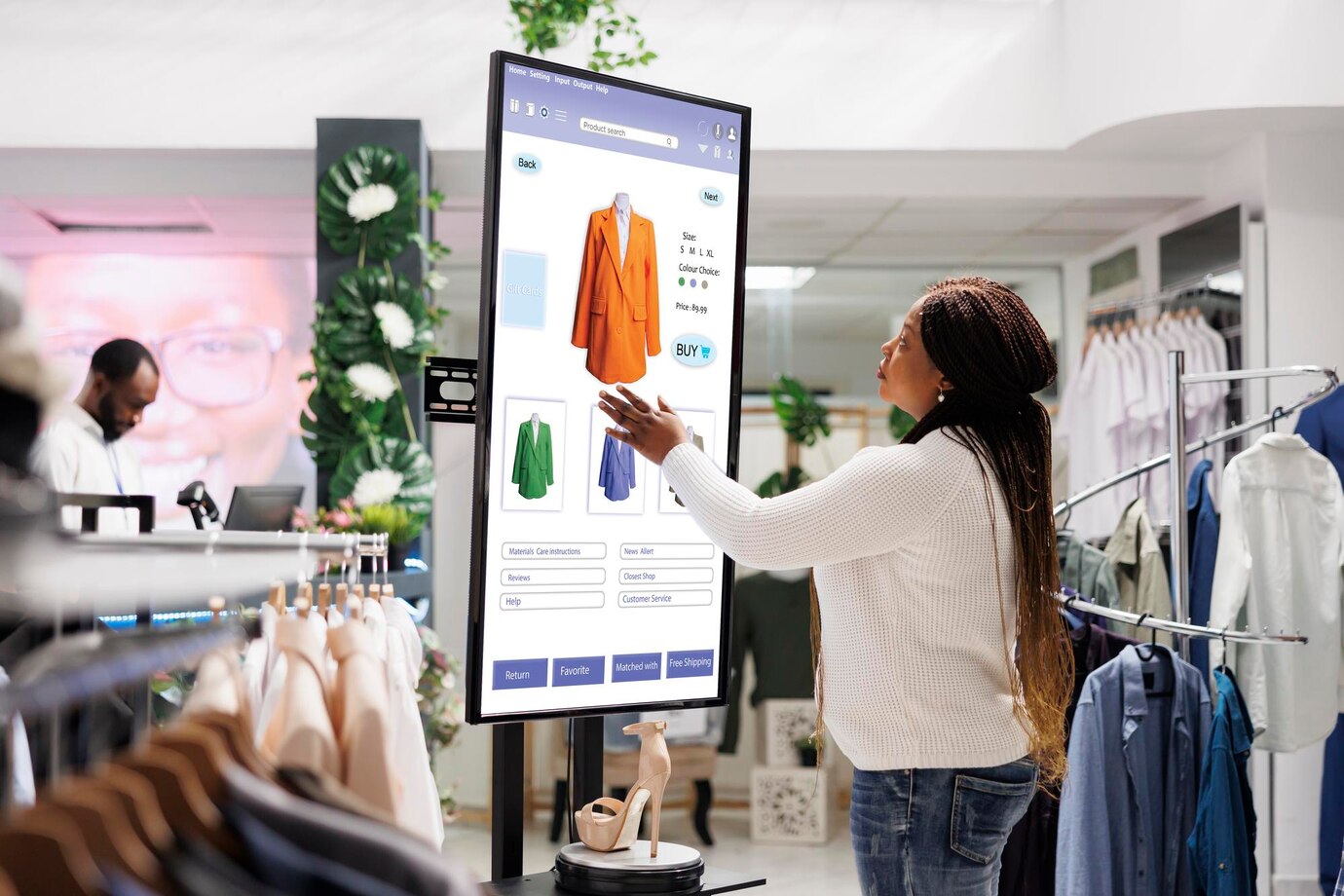
Retail in 2025 will be all about AI, sustainability, omnichannel experiences and immersive tech. There are many key takeaways from this blog. Increased efficiency & personalisation through AI and automation. Social commerce and livestream shopping to redefine engagement. Consumers will prioritise sustainability and ethical retailing. Retailers that adopt these trends will be in front of the competition. Now Begin Preparing for the Future Retail Today!
